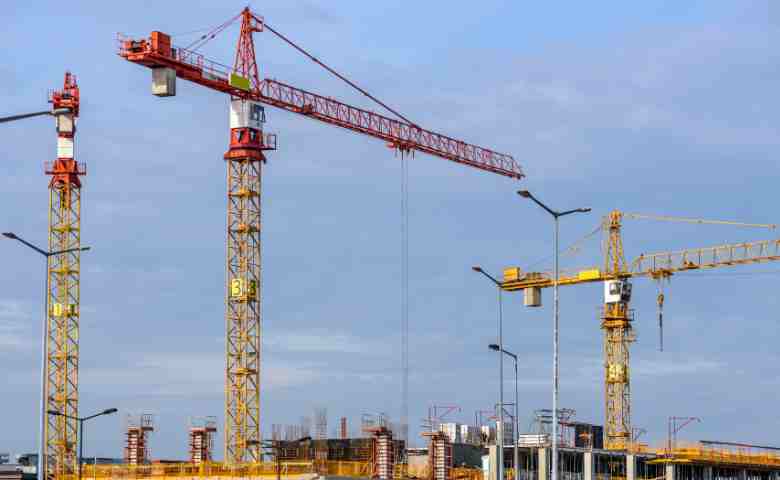Last Updated on November 21, 2025 by Admin
The construction industry is one of the most dynamic and fast-paced sectors in the world. Every project depends on coordination, precision, and safety awareness. Yet with heavy equipment, elevated work areas, and tight deadlines, it’s also one of the most high-risk professions. Preventing accidents takes more than experience, it requires continuous safety education and compliance with strict standards.
Understanding workplace hazards and learning how to respond effectively can save lives. That’s why professional safety programs such as OSHA training courses play a key role in the modern construction environment. These programs are designed to equip workers, supervisors, and managers with the knowledge needed to prevent accidents, protect their teams, and maintain compliance with national regulations.
Table of Contents
Why OSHA training matters in construction
The Occupational Safety and Health Administration (OSHA) sets the federal standards that govern workplace safety across industries, including construction. OSHA training ensures that everyone on a job site, from laborers to site supervisors, understands the regulations and practices required to maintain a safe working environment.
Construction projects involve multiple trades and moving parts. Without consistent safety knowledge, even small oversights can lead to major incidents. OSHA training helps standardize safety awareness across teams, covering essential topics like fall protection, electrical safety, hazard communication, and confined space entry.
Employers that invest in proper OSHA certification benefit from fewer accidents, higher productivity, and a stronger safety culture. It’s not just a legal requirement, it’s a professional advantage that builds trust between employees, contractors, and clients.
Key learning areas in OSHA training courses
Professional OSHA programs, such as those offered by FMTC Safety, provide comprehensive coverage of workplace hazards, risk management, and emergency procedures. Each course is designed to meet industry needs while remaining practical and engaging for participants.
Common topics include:
- Fall prevention and protection – Recognizing and avoiding one of construction’s most common hazards.
- Hazard communication – Learning how to identify, label, and manage hazardous materials safely.
- Electrical safety – Understanding the risks of working near live circuits and power lines.
- Respiratory protection – Managing air quality and preventing exposure to harmful substances.
- Personal protective equipment (PPE) – Choosing, maintaining, and using the correct gear for each task.
- Confined space awareness – Recognizing hazards and practicing safe entry and rescue procedures.
Each session provides both theoretical and hands-on learning experiences, helping participants translate classroom lessons into real-world job site behavior.
Benefits of OSHA certification for construction professionals
Safety certification has become a valuable credential in today’s job market. Many companies now require OSHA certification as part of their hiring and onboarding process. Completing this training not only fulfills compliance requirements but also boosts employability, especially for professionals seeking supervisory or management positions.
Some key benefits include:
- Improved career opportunities – Certified workers stand out when applying for international or high-profile projects.
- Reduced risk of injury – Proper training helps prevent common construction accidents and promotes safer work habits.
- Higher productivity – Well-trained teams work more efficiently with fewer interruptions from incidents or inspections.
- Legal compliance and cost savings – Fewer violations mean reduced fines and lower insurance premiums.
These advantages make OSHA training one of the most valuable professional investments for anyone working in construction.
Creating a culture of safety and accountability
Safety training isn’t a one-time event; it’s an ongoing process that shapes an organization’s culture. When every worker is trained to recognize hazards, take preventive measures, and support their teammates, accidents decrease and morale improves.
A proactive safety culture also enhances project quality and client satisfaction. Companies known for maintaining safe worksites often gain a competitive edge in securing new contracts. OSHA certification helps achieve this by reinforcing shared accountability and demonstrating compliance to regulators and clients alike.
How to choose the right OSHA training course
Different OSHA courses cater to specific roles and responsibilities. Entry-level workers can start with the OSHA 10-hour course, while supervisors and managers typically complete the more comprehensive 30-hour program. FMTC Safety’s courses are designed to accommodate various levels of experience, ensuring that participants gain relevant and practical knowledge.
Before enrolling, professionals should consider:
- Their specific role and exposure to workplace hazards.
- The level of certification required by their employer or project.
- The availability of in-person or blended learning options.
FMTC Safety makes it easy for construction professionals to find the right program and schedule sessions around their work commitments.
Related Posts:
- The Ultimate Construction Site Safety Checklist: Essential Tips for a Secure Worksite
- Construction Equipment Operator Training: Complete 2025 U.S. Career Guide
- 5 Essential Certifications for a Career in Construction
- NEBOSH vs OSHA: The Complete Cost, Duration, and Salary Impact Guide for 2025
- What Are the Job Requirements for Construction Workers?


